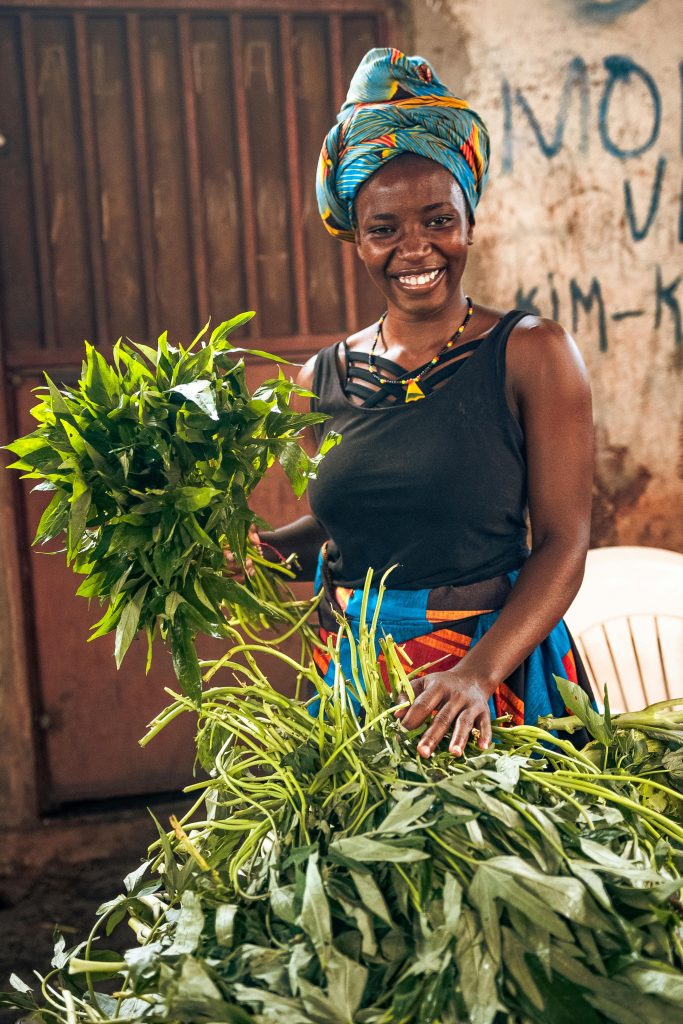
NaHuDi Project Objectives and Results
Background to the NaHuDi project
Patterns of human movement can be driven by climate, conflict, family reasons and economic factors. Internally displaced persons are moving in and out of vulnerable situations, stemming from a wide range of drivers. Sudden-onset and slow-onset climate change or environmental stresses, as well as climate change impacts on land degradation and ecosystem loss can act as drivers of human displacement. Every country needs a combination of policies to best address the reasons for migration, especially for internally displaced persons who remain under national jurisdiction. While many people on the move already have skills from their place of origin, they may not be able to use them as effectively in new urban locations. The transfer of ideas, new livelihood options and social capital are essential to ensure smooth patterns of human movement.
The NaHuDi project investigates the interconnections between climate change, conflict and internal displacement in Ethiopia, with a focus on opportunities for employment and reskilling within the green economy. The project aims to identify training and employment initiatives in this area that relate to the lived experiences of young, internally displaced persons. The financing mechanisms for connecting green economy skills development
with those displaced will include analysis of national mechanisms for leveraging microfinance and climate finance, including loss and damage funds. Climate finance has the potential to reach internally displaced persons, build their resilience and facilitate livelihood reconstruction. The NaHuDi project will (i) identify the underlying causes for the movement of persons (ii) determine the preferences of youth who are displaced (especially females) regarding returning or moving on as well as their views on transitioning to skills and employment in the green economy (iii) assess state-centric climate finance channels to improve livelihood options for displaced youth, that are aligned with national climate and sustainability policies. Government-driven policy and institutional options for harnessing climate finance for green economy skills and employment will be a key output of the NaHuDi project.
The project will be implemented through the Centre for international Development Innovation (CIDI) at the University of Galway’s Ryan Institute, and OSSREA at the University of Addis Ababa, Ethiopia. We will leverage past and ongoing research collaborations and partnerships for each research objective as outlined below.

Objectives
Framed by the cascading risks from climate change, the project’s overall Research Aim is to inform the goals of rebuilding livelihoods amidst the challenges posed by climate change, conflict and internal displacement in Ethiopia. The Research Objectives are structured to contribute to this overarching aim:
Objective 1: Investigate and identify the cascading risks and interconnections between climate change, conflict and internal displacement through secondary data, whilst also documenting the view of youth in the Somali and Amhara regions of Ethiopia, to unravel the complex dynamics of these factors and understand what amplifies the risk of displacement.
Objective 2: Explore the perspectives and preferences of displaced youth, or those on the move (particularly females) regarding returning to their original location, or migrating on, and identify viable options for promoting employment and skills development in the green economy. Special attention will be on microfinance approaches that can also foster social capital.
Objective 3: To analyse Ethiopian state-centric channels for utilizing climate finance, including loss and damage funds to focus on identifying options for more effectively reaching displaced youth to align with the overarching goal of rebuilding their livelihoods.
Research group publications
(Forthcoming)
